Top Bosnia and Herzegovina Attractions & Things to Do

Bosnia and Herzegovina, a jewel in the Balkans, offers a rich tapestry of history, culture, and natural beauty, making it an unforgettable destination for any traveler seeking unique European experiences.
What are the top tourist attractions in Bosnia and Herzegovina?
Bosnia and Herzegovina boasts a diverse array of tourist attractions, from historic urban centers to stunning natural landscapes, providing countless opportunities for exploration and discovery.
The country’s capital, Sarajevo, offers a deep dive into its complex past and vibrant present.
Must-visit landmarks in Sarajevo
Sarajevo, the capital of Bosnia and Herzegovina, is home to numerous must-visit landmarks that tell the story of its resilience and unique blend of cultures.
The Latin Bridge, famous for its connection to Archduke Franz Ferdinand’s assassination, is a pivotal historical site.
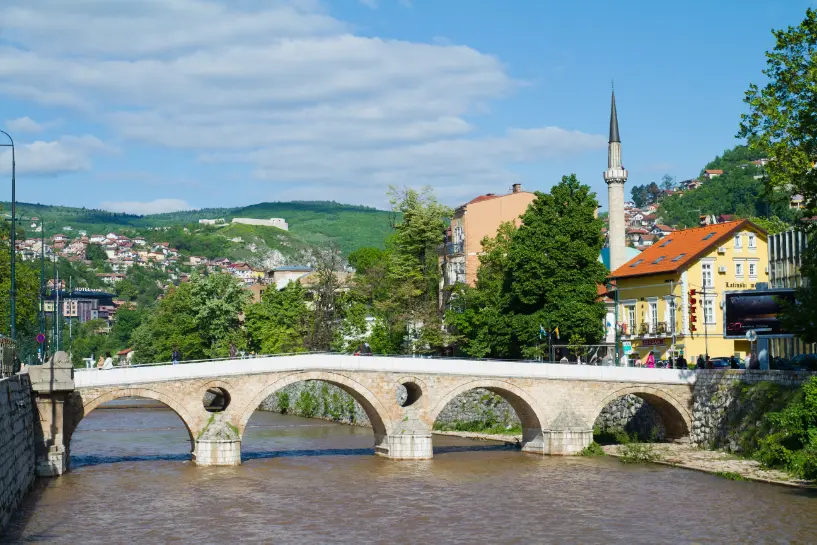
You should also explore the Gazi Husrev-beg Mosque, a stunning example of Ottoman architecture, and wander through the Old Bazaar, known as Baščaršija, where you can experience the traditional crafts and vibrant atmosphere.
The city of Sarajevo offers an extraordinary journey through time, where every corner reveals a new narrative, blending influences from both the Ottoman and Austro-Hungarian empires.
Visitors can appreciate the architectural diversity, from the Sacred Heart Cathedral to remnants of the Austro-Hungarian period that dot the urban landscape, making it a compelling destination for history enthusiasts.
Popular sites in Mostar
Mostar is another indispensable city in Bosnia and Herzegovina, renowned for its iconic Old Bridge (Stari Most), a stunning 16th-century Ottoman bridge spanning the Neretva River.
This UNESCO World Heritage site is a symbol of reconciliation and resilience, offering spectacular views and a vibrant atmosphere for visitors in the old city.

The banks of the Neretva River are lined with charming shops and restaurants, inviting visitors to linger and soak in the historic ambiance of the city.
Exploring Mostar means discovering a blend of historical significance and contemporary life, with the bridge serving as the central focal point for all tourist activity.
Exploring Blagaj and its historical significance
Just a short drive from Mostar, Blagaj offers a tranquil escape with its stunning Tekke (Dervish Monastery) nestled at the base of a cliff, beside the source of the Buna River.
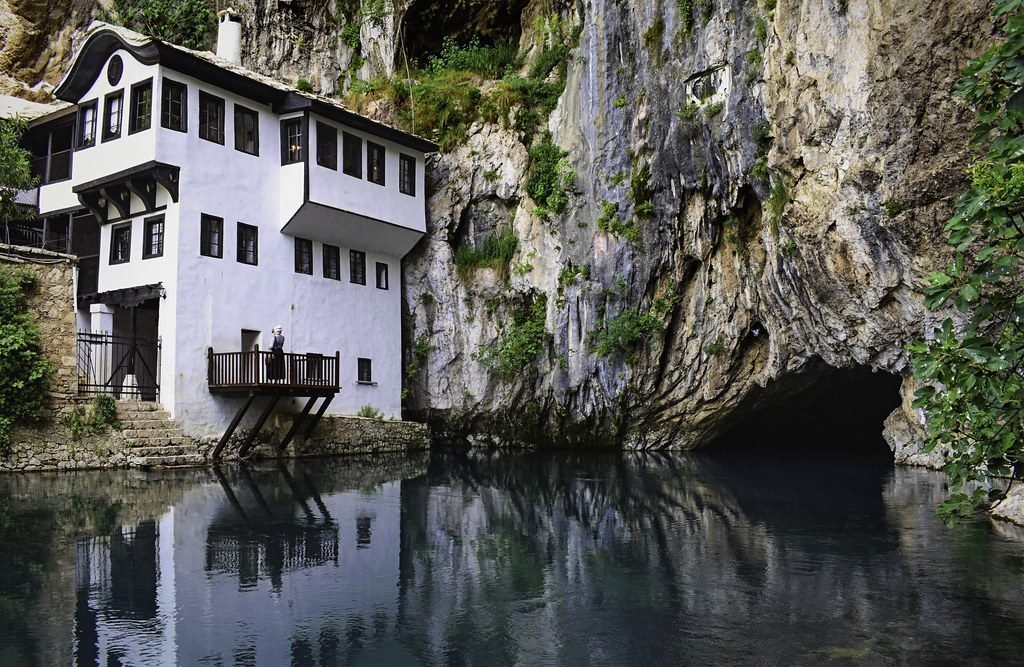
This monastery is a significant historical and spiritual site, providing a serene environment for reflection and appreciation of natural beauty.
Blagaj is truly one of Bosnia and Herzegovina’s hidden gems, where the natural springs and the ancient Dervish house create a unique and peaceful atmosphere.
It’s a perfect place to witness the profound harmony between human architectural endeavor and the raw power of nature, making it a memorable experience.
Why should you explore Bosnia and Herzegovina?
Exploring Bosnia and Herzegovina promises an enriching travel experience, offering a compelling mix of cultural immersion, breathtaking natural beauty, and remarkable affordability, making it an ideal destination for various types of travelers.
This country truly provides a unique charm.
The unique culture and history
Bosnia and Herzegovina’s unique culture and history are deeply intertwined, visible in its diverse religious sites, architectural styles, and culinary traditions that reflect centuries of Ottoman, Austro-Hungarian, and Slavic influences.
This rich tapestry makes every visit an educational journey.
The country offers a fascinating glimpse into a past marked by both conflict and incredible resilience, providing visitors with a deeper understanding of its complex identity.
From ancient fortresses to modern museums, the narrative of Bosnia and Herzegovina is captivating and profoundly moving.
Natural beauty and landscapes
The natural beauty and landscapes of Bosnia and Herzegovina are incredibly diverse, ranging from majestic mountains and pristine rivers to lush forests and stunning waterfalls.
Kravica Waterfalls, often compared to smaller versions of Niagara Falls, is a spectacular sight.
Sutjeska National Park, one of the oldest national parks in Bosnia and Herzegovina, is a haven for hikers and nature lovers, boasting the last remaining primeval forest in Europe.
The breathtaking scenery provides endless opportunities for outdoor activities and peaceful contemplation.
Affordable travel destination in the Balkans
As an affordable travel destination in the Balkans, Bosnia and Herzegovina offers exceptional value for money, allowing travelers to experience its rich attractions without breaking the bank.
Compared to neighboring Croatia, expenses are considerably lower.
From accommodation to dining and transportation, the costs associated with exploring this magnificent country are remarkably budget-friendly, making it an attractive option for those seeking an enriching European adventure on a modest budget.
How to plan your trip to Bosnia and Herzegovina?
Planning your trip to Bosnia and Herzegovina is an exciting prospect, offering a blend of historical insights and natural wonders that are easily accessible.
Understanding the ideal time to visit and how to navigate the country will significantly enhance your experience.
This guide helps you orchestrate an unforgettable journey.
Best time to visit Bosnia
The best time to visit Bosnia and Herzegovina is generally during the spring (April to June) and early autumn (September to October) when the weather is pleasant and the landscapes are at their most beautiful.
These seasons offer comfortable temperatures for exploring the Old Town areas of Sarajevo and Mostar, hiking in Sutjeska National Park, or enjoying the Kravica Waterfalls without the peak summer crowds.
During these shoulder seasons, you can truly savor the charm of this Balkan destination.
The mild weather is perfect for strolls through the Old Bazaar or enjoying outdoor activities, ensuring a more intimate and enjoyable exploration of the country’s diverse attractions in Bosnia and Herzegovina.
Recommended itinerary for first-time visitors
For first-time visitors to Bosnia and Herzegovina, a recommended itinerary should include a mix of urban exploration and natural beauty.
Start in Sarajevo, the capital of Bosnia and Herzegovina, spending 2-3 days exploring its historic sites like the Gazi Husrev-beg Mosque, the Latin Bridge, and the Sacred Heart Cathedral.
Then, head to Mostar for 1-2 days to see the iconic Old Bridge and explore the Neretva River area.
Consider a day trip to experience some of the country’s significant landmarks and natural beauty.
This route provides a comprehensive overview, allowing you to experience both bustling cities and serene natural escapes. On your trip, you could:
- Visit Blagaj to see the Dervish monastery and the source of the Buna River.
- Go to the Kravica Waterfalls for stunning natural beauty.
Transportation options within Bosnia
Transportation options within Bosnia and Herzegovina are varied and generally affordable, making it easy to travel between cities and attractions.
Buses are the most common and cost-effective way to get around, connecting major cities like Sarajevo, Mostar, and Banja Luka.
Taxis are readily available in urban areas.
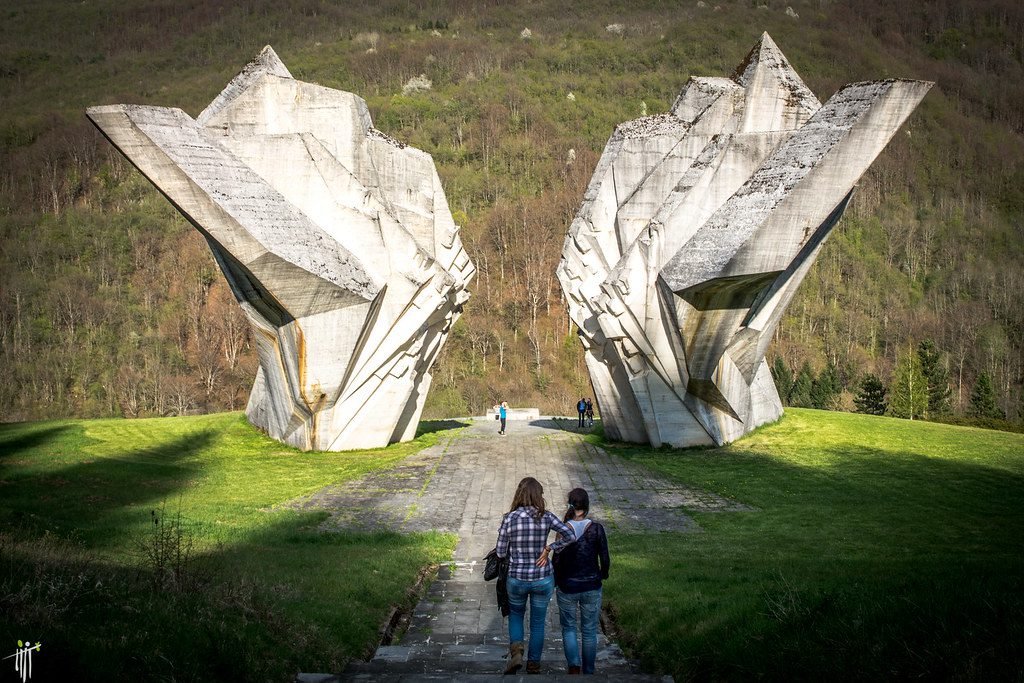
For more flexibility, renting a car is a great option, especially if you plan to explore remote areas or national parks like Sutjeska National Park, which are popular tourist spots.
While trains are less frequent, they offer scenic routes, particularly between Sarajevo and Mostar, providing a unique perspective of the Bosnian landscape and enhancing your visit to Bosnia.
What things to do in Bosnia beyond the attractions?
Beyond the well-known attractions and landmarks, Bosnia and Herzegovina offers a wealth of experiences that delve deeper into its vibrant culture and stunning natural environment.
Engaging in these activities will enrich your visit to Bosnia and reveal the true spirit of the Bosnian people.
Culinary experiences and traditional foods
Exploring the culinary experiences and traditional foods is one of the most rewarding things to do in Bosnia and Herzegovina.
Don’t miss trying cevapi, delicious grilled minced meat, or burek, a savory pastry, both staples of Bosnian cuisine.
Sarajevo’s Old Bazaar (Baščaršija) is an excellent place to sample these authentic dishes.
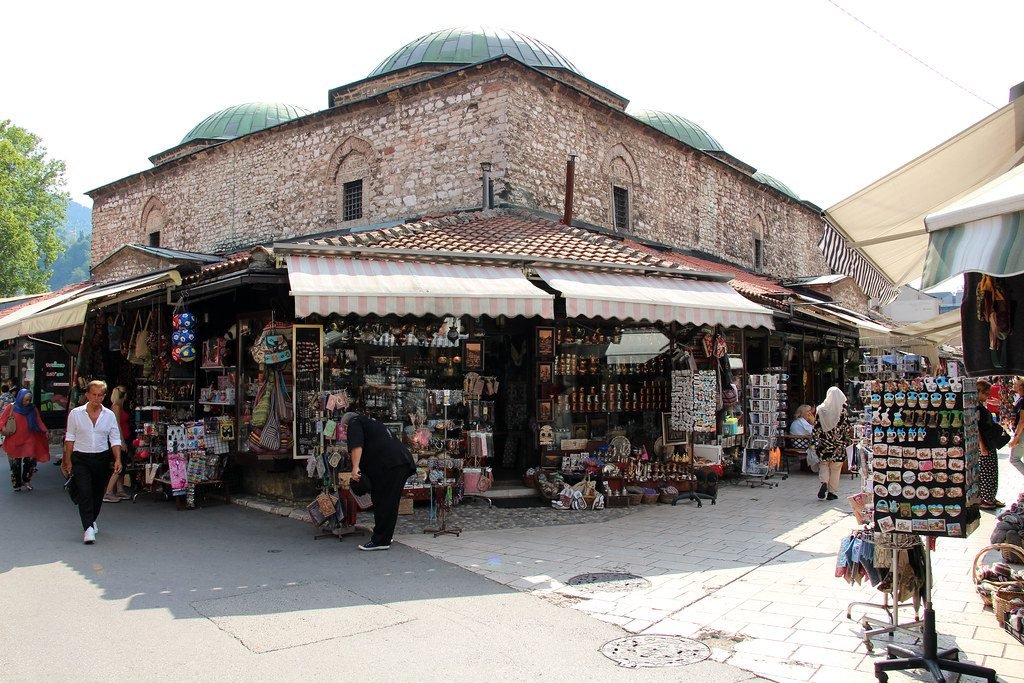
Engage with local vendors and learn about the preparation of these traditional foods, which often reflect centuries of Ottoman influence.
Sampling regional wines and rakija, a traditional fruit brandy, also adds to the rich gastronomic journey, making your trip to this destination truly flavorful.
Outdoor adventures and activities
For those seeking outdoor adventures and activities, Bosnia and Herzegovina is a paradise of natural beauty.
The Neretva River near Mostar is perfect for rafting and kayaking, offering thrilling experiences amidst stunning scenery.
Hiking in national parks like Sutjeska National Park allows you to discover pristine forests and breathtaking mountain views.
The Kravica Waterfalls provide a refreshing spot for swimming during warmer months, and exploring the surrounding countryside offers opportunities for cycling and rock climbing.

These diverse activities make Bosnia and Herzegovina an ideal destination for adrenaline junkies and nature lovers alike, ensuring a memorable visit to Bosnia.
Exploring local markets and crafts
Exploring local markets and crafts is an immersive way to experience the vibrant culture of Bosnia and Herzegovina.
The Old Bazaar in Sarajevo is a bustling hub where you can find handcrafted copperware, traditional carpets, and intricate jewelry, reflecting centuries of Ottoman and Austro-Hungarian influences.
These markets offer a chance to interact with local artisans, learn about their techniques, and purchase unique souvenirs.
Visiting these vibrant centers of commerce provides a deeper insight into Bosnian heritage and community life, making it one of the most enriching things to do in Bosnia.
What are the historical sites in Bosnia and Herzegovina?
Bosnia and Herzegovina is steeped in history, with numerous historical sites that narrate tales of empires, conflicts, and cultural fusions.
From ancient fortress remnants to sacred places of worship, these sites offer a profound glimpse into the country’s rich past, making it a compelling destination for history buffs.
Gazi Husrev-beg Mosque and its architecture
The Gazi Husrev-beg Mosque in Sarajevo is a magnificent example of Ottoman architecture from the 16th century, standing as one of the most significant Islamic structures in the Balkans.

Its grand dome and intricate interior designs reflect the artistic prowess of its era.
This mosque is not just a place of worship but also a cultural and educational center, housing a library with ancient manuscripts.
Its enduring presence contributes significantly to the unique charm of Sarajevo, embodying centuries of history and spiritual devotion in the capital of Bosnia and Herzegovina.
The Latin Bridge and its historical relevance
The Latin Bridge in Sarajevo holds immense historical relevance, primarily known as the site near where Archduke Franz Ferdinand was assassinated in 1914, an event that ignited World War I.
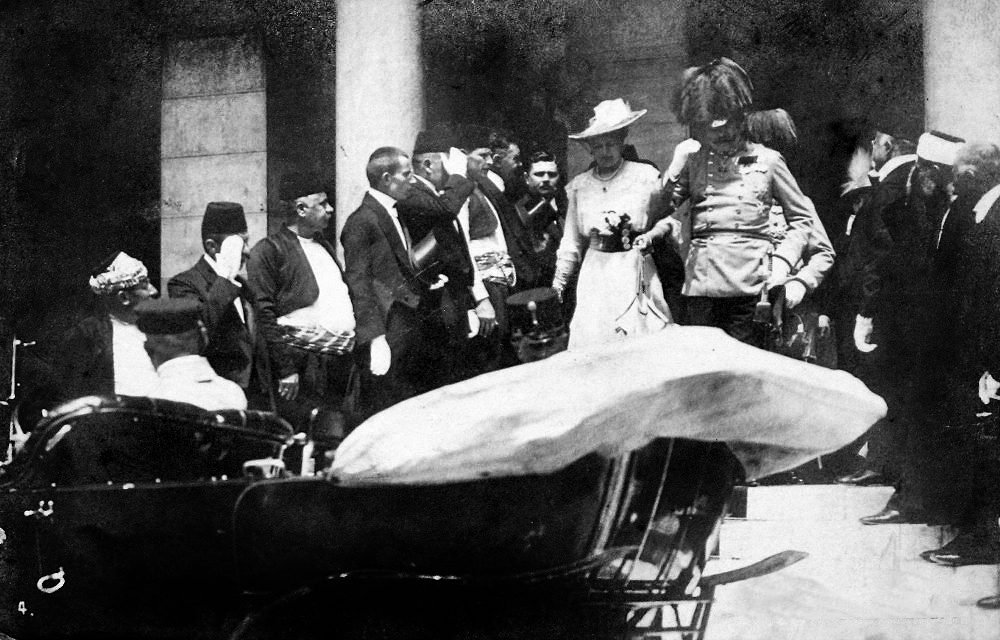
This modest Ottoman bridge, spanning the Miljacka River, is a poignant landmark that forever changed the course of global history.
Today, the Latin Bridge stands as a quiet reminder of its pivotal role, attracting tourists who wish to connect with this momentous historical event.
Its unassuming appearance belies the profound impact it had on the 20th century, making it a must-visit site in Sarajevo.
Visiting the Sacred Heart Cathedral
Visiting the Sacred Heart Cathedral in Sarajevo offers a glimpse into the Austro-Hungarian legacy in Bosnia and Herzegovina.

As the largest cathedral in the country, its neo-Gothic architecture stands in stark contrast to the Ottoman styles prevalent in other parts of the city, symbolizing Sarajevo’s diverse cultural layers.
This impressive structure, consecrated in 1889, is a significant religious and architectural landmark in the capital of Bosnia and Herzegovina.
Its detailed facade and stained glass windows are a testament to the European influences that shaped the city, making it a compelling place to visit in Bosnia.
What natural wonders can you see in Bosnia?
Bosnia and Herzegovina is a haven for nature lovers, boasting an incredible array of natural wonders that captivate visitors with their pristine beauty and serene landscapes, making it a popular tourist destination.
From majestic waterfalls to expansive national parks, the country offers countless opportunities for outdoor exploration and awe-inspiring sights.
This natural splendor makes it a truly enchanting destination for those seeking tranquility and adventure.
Kravica Waterfalls: A natural gem
The Kravica Waterfalls, often hailed as a natural gem, are undoubtedly one of the most stunning attractions in Bosnia and Herzegovina.
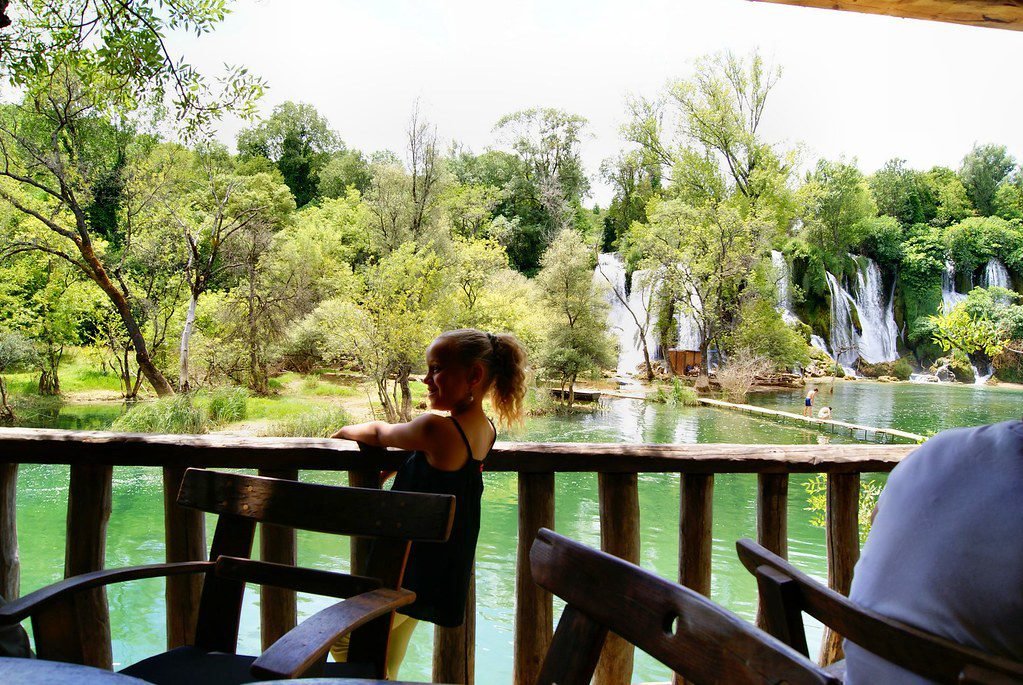
Located on the Trebižat River, these magnificent cascades create a breathtaking spectacle, with water tumbling over travertine barriers into crystal-clear emerald pools.
The lush surroundings and refreshing atmosphere make it an ideal spot for swimming, picnicking, and simply unwinding in nature’s embrace.
Visiting the Kravica Waterfalls offers a refreshing escape, particularly during the warmer months, allowing you to immerse yourself in the natural beauty of Bosnia and Herzegovina.
The area around the waterfalls is well-maintained, providing amenities that enhance your visit while preserving the pristine environment of this remarkable natural beauty.
Exploring the natural parks of Bosnia
Exploring the natural parks of Bosnia and Herzegovina is a must for any nature enthusiast, as they preserve some of Europe’s most untouched and diverse ecosystems.
Sutjeska National Park, the oldest and largest national park in the country, is home to Perućica, one of Europe’s last primeval forests, alongside towering peaks like Maglić, the highest point in Bosnia and Herzegovina.
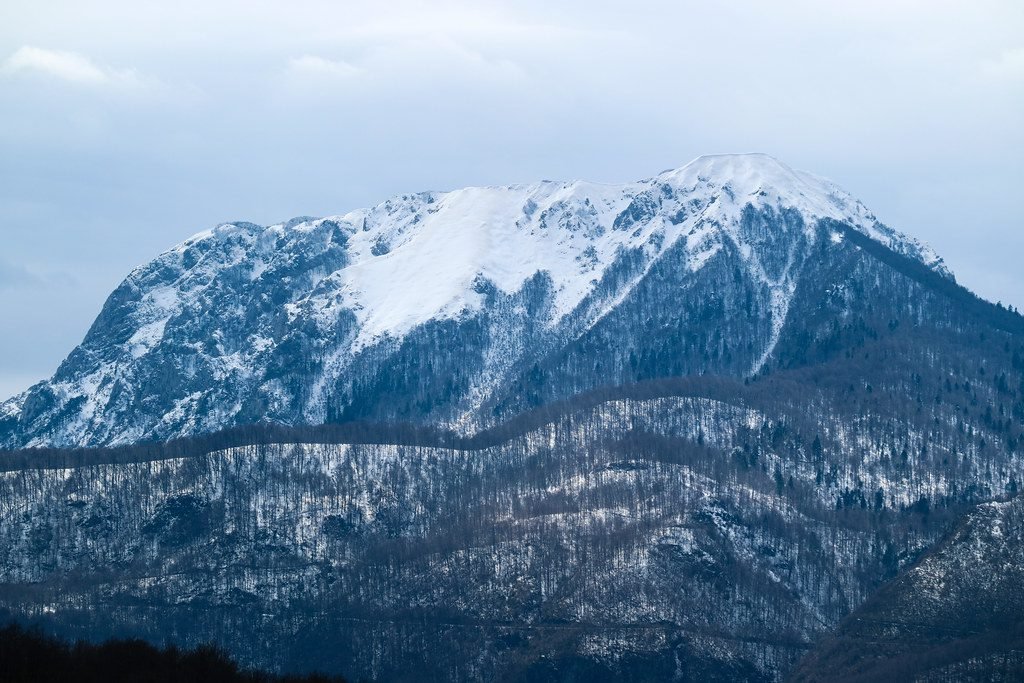
These parks offer unparalleled opportunities for hiking, wildlife observation, and photography.
Beyond Sutjeska, parks like Kozara National Park and Una National Park showcase distinct landscapes, from dense forests and rolling hills to spectacular river canyons and waterfalls.
These protected areas are vital for maintaining the country’s biodiversity and offer visitors a chance to connect deeply with the serene and wild side of Bosnian nature, making them top attractions in Bosnia and Herzegovina.
Hidden gems for nature lovers
Beyond the well-known Kravica Waterfalls and prominent national parks, Bosnia and Herzegovina abounds with hidden gems for nature lovers, offering secluded beauty and tranquil escapes.
Areas like the beautiful lakes of Prokoško Jezero, nestled high in the Vranica mountains, or the stunning sources of rivers like the Vrelo Bosne near Sarajevo, provide serene natural settings away from the typical tourist paths.

These lesser-known attractions often require a bit more effort to reach but reward visitors with unspoiled landscapes, pristine waters, and a profound sense of peace.
Discovering these hidden gems allows for a truly authentic connection with the natural beauty of Bosnia and Herzegovina, showcasing the diverse appeal of this Balkan destination.
The Best “Nice To Know” Information About Visiting
Navigating a new destination can often raise many questions, and Bosnia and Herzegovina is no exception.
To ensure your visit to Bosnia is smooth and enjoyable, we’ve compiled answers to some of the most frequently asked questions about traveling in this enchanting Balkan country.
What is the best time to visit Bosnia and Herzegovina?
The best time to visit Bosnia and Herzegovina is during the spring (April to June) and early autumn (September to October).
During these periods, the weather is pleasantly mild, making it ideal for exploring cities like Sarajevo and Mostar, hiking in Sutjeska National Park, and enjoying the Kravica Waterfalls.
The vibrant colors of spring or the golden hues of autumn truly enhance the natural beauty of the landscape, making your visit to Bosnia particularly picturesque.
Avoiding the peak summer heat and crowds means you can experience the attractions in Bosnia and Herzegovina more comfortably.
Winter, from December to February, is also an option if you’re interested in winter sports in the mountains, but many outdoor attractions might be less accessible then.
How safe is it to travel in Bosnia?
Traveling in Bosnia and Herzegovina is generally very safe for tourists. The country has a low crime rate, and locals are typically welcoming and hospitable to tourists, enhancing the overall tourism experience.
However, like any destination, it’s always wise to exercise standard precautions, such as being aware of your surroundings and safeguarding your belongings, especially in crowded Old Town areas or public transport.
Road conditions can vary, particularly in rural areas, so cautious driving is recommended if you rent a car to explore the capital of Bosnia and Herzegovina.
Overall, visitors often report feeling secure and enjoying a peaceful visit to Bosnia, making it a secure destination for your adventures in the Balkans.
What currency is used in Bosnia and Herzegovina?
The official currency used in Bosnia and Herzegovina is the Convertible Mark (BAM).
Although the country is working towards European Union integration, it is not part of the Eurozone, so euros are not widely accepted for daily transactions, particularly outside of major tourist areas.
It’s advisable to exchange your currency upon arrival or withdraw BAM from local ATMs.
Most major cities like Sarajevo and Mostar have ATMs readily available.
While some larger hotels and restaurants may accept credit cards, it’s always a good idea to carry some local currency for smaller purchases, especially when exploring local markets or less urbanized attractions in Bosnia and Herzegovina.
Are there any unique customs to be aware of?
When you visit Bosnia and Herzegovina, being aware of unique customs can enhance your experience and show respect for the local culture.
Hospitality is highly valued, so accepting offers of coffee or food from locals is a sign of politeness.
Dress modestly when visiting religious sites like the Gazi Husrev-beg Mosque or the Sacred Heart Cathedral.
Greetings typically involve a handshake. Punctuality is appreciated, but a slight delay is generally tolerated.
Engaging with locals and showing interest in Bosnian traditions will undoubtedly enrich your visit to Bosnia and help you connect more deeply with the spirit of this fascinating destination.
How can I find guided tours in Bosnia?
You can easily find guided tours in Bosnia and Herzegovina through various channels, both online and once you arrive in major cities.
Many reputable tour operators offer a range of excursions, from historical city tours in Sarajevo and Mostar to nature-focused adventures exploring the Kravica Waterfalls or Sutjeska National Park.
Online platforms are a great starting point for research and booking in advance for popular tourist attractions in Bosnia and Herzegovina.
Once in the country, local tourist information centers in cities like Sarajevo and Mostar are excellent resources for finding local guides and smaller, more personalized tours.
Hotels and hostels often have partnerships with tour providers and can help you arrange excursions, ensuring you make the most of your visit to Bosnia and experience its top attractions.
FAQs
What are some of the most popular landmarks in Bosnia?
Some of the most popular landmarks in Bosnia include the Old Bridge in Mostar, the Gazi Husrev-beg Mosque in Sarajevo, and the historical fortress of Jajce. These sites are rich in cultural and historical significance, making them top tourist attractions for visitors.
What is the significance of the Old Town in Mostar?
The Old Town of Mostar is a UNESCO World Heritage site known for its stunning architecture and vibrant atmosphere.
It dates back to the Ottoman Empire and features the iconic Old Bridge, which symbolizes the unity of different cultures. Visitors often explore the charming old bazaar filled with artisan shops and cafes.
What can I see at the National Museum of Bosnia?
The National Museum of Bosnia, located in Sarajevo, is the country’s oldest museum and houses a vast collection of artifacts that showcase the rich cultural heritage of Bosnia and Herzegovina. Visitors can learn about the history, art, and natural sciences of the region through its diverse exhibits.
Where can I find the highest peak in Bosnia?
The highest peak in Bosnia is Maglić, which stands at 2,386 meters. It is located in the Sutjeska National Park and offers stunning views for hikers and nature enthusiasts.
This area is also known for its rich biodiversity and beautiful landscapes.
What are the best places to visit in Banja Luka?
Banja Luka, the second-largest city in Bosnia, offers various attractions, including the Kastell Fortress, the beautiful Ferhat Pasha Mosque, and the city’s vibrant parks.
Visitors can enjoy the local cuisine and explore the cultural heritage of this historic town.
How did the assassination of Archduke Franz Ferdinand impact Bosnia?
The assassination of Archduke Franz Ferdinand in Sarajevo in 1914 was a pivotal event that triggered World War I.
This event significantly impacted Bosnia, leading to its incorporation into the Austro-Hungarian Empire and shaping the region’s modern history, particularly in the 16th century.
What is unique about the Sarajevo Tunnel?
The Sarajevo Tunnel, also known as the Tunnel of Hope, was constructed during the Siege of Sarajevo in the 1990s.
It served as a crucial supply route for food and medical aid to the besieged city. Today, it stands as a symbol of resilience and is an important historical site for visitors.
What is the cultural significance of the Catholic Church in Sarajevo?
The Catholic Church in Sarajevo is a significant landmark that reflects the city’s diverse religious heritage.
It plays an essential role in the community and is a place of worship for many. Visitors can appreciate its architecture and learn about the history of Catholicism in the region.
What makes Mostar a cool place to visit?
Mostar is a cool place to visit due to its unique blend of cultures, stunning architecture, and picturesque landscapes.
The city is famous for the Old Bridge and its vibrant old town, where visitors can enjoy local cuisine, art, and the charming ambiance along the river.




